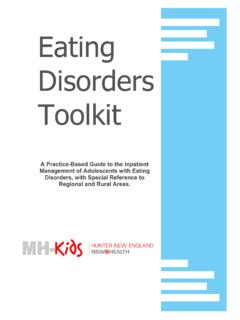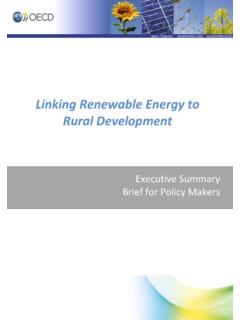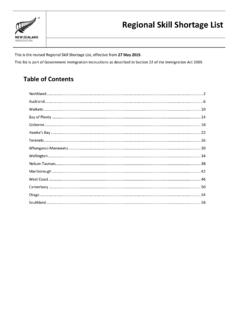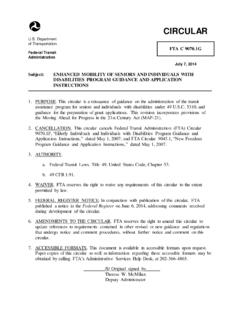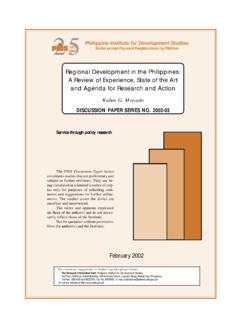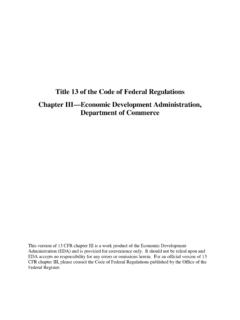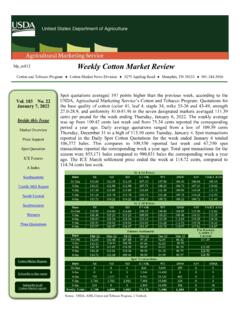Transcription of Supporting people with a learning disability and/or autism …
1 Supporting people with a learning disability and/or autism who display behaviour that challenges, including those with a mental health condition Service model for commissioners of health and social care services October 2015. Contents Introduction 4. About this document 5. Who this service model is about 8. Good services for people with a learning disability and/or 10. autism who display behaviour that challenges, including those with a mental health condition Annex A terminology 30. Annex B common needs and common shifts in service response 33.
2 Annex C understanding the local population 38. Annex D reference group membership 39. 3. Introduction Service model vision statement Children, young people and adults with a learning disability and/or autism who display behaviour that challenges, including those with a mental health condition* have the right to the same opportunities as anyone else to live satisfying and valued lives and, to be treated with the same dignity and respect. They should have a home within their community, be able to develop and maintain relationships and get the support they need to live a healthy, safe and fulfilling life.
3 The success in this lies not within systems and processes but within human connections, commitments, accountability and sustainable relationships that are non-adversarial.. Commissioner The principles which underpin this service model build on what have been described before, including in Valuing people and Valuing people Now, all of which focus on rights, independence, choice and inclusion for people with a learning disability and/or autism . Good practice guidance around the commissioning of services for people with a learning disability and/or autism who display behaviour that challenges, including the 1993 and 2007 Mansell reports, describe the need to develop high quality local services that understand and support people , and reduce the reliance on out-of- area placements.
4 They focus on ensuring the best outcomes for people by working in partnership with individuals and families/carers and through adopting person-centred approaches vital to delivering independence and control for people and ensuring that the person's wishes and aspirations for their own life are at the centre of their care and support arrangements. There has been a renewed commitment to transforming the way in which care and support is delivered to people with a learning disability and/or autism who display behaviour that challenges. In line with the provisions of the Children and Families Act and the Care Act, which focus on outcomes, personalisation and wellbeing, this commitment focuses on strengthening support in the community by building on the provision of preventative support that will avoid crises and help support people to be active members of their communities, with all the benefits that brings.
5 This service model brings together the current good practice taking place in local areas, and that which has previously been described for this group of people . It recognises that improvements are typically underpinned by visionary leadership, a focus on human rights based approaches, workforce development, co-production and a preparedness to reflect and learn. It aims to support commissioners across health and social care to work together to commission the range of services and support required to meet the needs of this diverse group. * Hereafter people with a learning disability and/or autism 4.
6 About this document Since the investigation into the abuse at Winterbourne View and other similar hospitals1, there has been a cross-government commitment to transform care and support for people with a learning disability and/or autism who display behaviour that challenges, including behaviour that can lead to contact with the criminal justice system. This is focused on building up community capacity and reducing inappropriate hospital admissions. services will not look the same all over the country. Each local area is different: local populations have different needs, and their range of providers have different strengths and weaknesses.
7 Each local area will therefore need to draw up its own model for how services should look in future, based on an agreed service model . However, there will be some national consistency in what services should look like across local areas, based on established best practice. This document seeks to describe that national consistency, while giving commissioners the flexibility to design services that best fit the needs of their local population. It sets out to provide clarity on what good looks like' for health, social care and housing services for people with a learning disability and/or autism .
8 Who this service model is for This service model is for all health and social care commissioners not just learning disability commissioners; in particular, this includes mental health commissioners, Continuing Health Care (CHC) commissioners, public health and children's commissioners. It covers the full range of commissioning strategic, operational and individual/micro commissioning. Different types of commissioning Individual/micro commissioning the person, family, social worker, nurse etc Strategic commissioning Operational commissioning population level commissioning via boards specific client group of CCG, LA, NHSE ngland, commissioning via local Joint commissioning commissioners, contract arrangements, Health & and procurement Wellbeing Boards officers 1.
9 Hospital' in this context refers to those hospital facilities (registered by the CQC) which are providing mental or behavioural healthcare in England for people with a learning disability and/or autism , or the equivalent organisations in Wales and Scotland for English commissioned patients. 5. Commissioners should ensure that plans impacting on people of all ages with a learning disability and/or autism align with related initiatives, and identify opportunities for joint working. This should include commissioners seeking to align these plans with the development of their Local Transformation Plans for Children and Young people 's Health and Wellbeing, local action plans under the Mental Health Crisis Concordat and the local offer' for personal health budgets.
10 Scope of the service model This service model focuses on services and packages of care and support funded by the NHS and local government, as well as NHS/local government interfaces with other services ( education), but not those services funded by other public sector agencies themselves ( schools). This does not mean, however, that other public services and organisations do not also need to review and improve the way they support and provide services for children, young people and adults with a learning disability and/or autism . It is essential that links across all local system partners are established both to ensure a joined-up and effective approach to Supporting people , with clearly identified care and support pathways, and to maximise opportunities for sharing knowledge, skills and support across agencies and systems.











